France is usually thought of as the embodiment of laïcité (secularism). However, the struggle to both reach a generally accepted understanding of it, and to implement it, is ongoing. The immediate past has highlighted tensions due to religious beliefs and practices in French society, whereas recent social and religious evolutions also have an impact on laïcité. Laïcité is nowadays an important topic in French public debate: according to the catalogue of the Bibliothèque nationale de France, in 2014 no less than 11 books contained the word in their title, whereas newspaper Le Monde recently also dedicated a newsletter to it. Another illustration of this reality is the formation, by the government, of a monitoring group on secularity, the Observatoire de la Laïcité, which was created in 2007 by president Jacques Chirac and fully set up in 2013 by president François Hollande and prime minister Jean-Marc Ayrault. The aim of this monitoring group is to advise and assist the government in ensuring respect of the principle of laïcité. In July 2014, the Group issued a short note entitled La laïcité aujourd’hui (Secularism today), recalling the historical roots and meaning of secularism and developing ways of implementing it in contemporary society. This reflects the current struggle to reach a balance between promotion of secularism and respect of religious freedom.
For some decades now, the nature of the relations between politics and religion in Germany has been the subject of profound mutations that are linked to secularization, to the growing importance of the so-called Konfessionslose, to religious individualization and pluralization and, most importantly, to the ever increasing presence of Islam. These evolutions, which tend to question the bi-confessional protestant-catholic balance that has for long been considered an essential dimension of German collective identity, shake up the representations of a society that has difficulties imagining pluralism and confessional neutrality without any reference to Christianity. Thus public authorities have to find political and legal means of reconciling the protection of freedom of conscience and religion, the principle of State neutrality, and equal treatment of all religious communities.
The role of religion within the Greek social space is hegemonic. The Orthodox Church is by far the pre-dominant religious organization. The Old-Calendarists (i.e. the Orthodox using the Julian calendar) and the Islamic community, the members of which reside both in Western Thrace and the urban centres, are the most numerous religious minorities. Recently, other cults, such as the Jehovah’s Witnesses, have expanded their activities. Despite the recent secularization trends, the political influence of the Church remains significant.
The changing religious situation in Hungary since the fall of communism is the consequence of different trends. The majority of Hungarians identify themselves as Catholic or Protestant. At the same time, traditional churches are struggling to reach large parts of society that are more inclined to uphold individual types of religious attitudes and behaviour. In recent years, increased political influence in the religious field has made the picture even more complex. For centuries, Hungary has been characterized by religious plurality. Besides the predominant Roman Catholic denomination, significant parts of the population belong to the Calvinist and Lutheran Protestant traditions, as well as to the Greek Catholic Church. According to the most recent census (2011), slightly more than half of those reporting about their religious affiliation were Catholic, 16 % were Calvinist and 3 % were Lutheran. Other religions, including traditional ones like Judaism and Orthodoxy as well as new religious movements like the Faith Church (a Hungary-based Pentecostal Church) and the Hare Krishna Movement, all together account for less than 3 %. Recent trends show that the number of unaffiliated people is on the rise, topping at about one fourth of those answering the census question about religiosity in 2011.
While Ireland remains a predominantly Catholic society, in recent years the Church has experienced a notable erosion in its authority and power. At the same time, other faiths are growing, and the number of atheists and agnostics is increasing steadily. Ireland is a majority Catholic society. According to the 2011 census, about 84 per cent of the population self-identify as Roman Catholic. At the same time, the Irish religious landscape exhibits considerable diversity. The Orthodox, Hindu, and Pentecostal faiths are the country’s three fastest growing non-Catholic religious traditions. The number of atheists and agnostics has grown by about 320 and 130 per cent respectively in the 2006-2011 span (All-Island Research Observatory (AIRO), PDR Table 35: Percentage and Actual Change in Population by Sex, Religion, Census Year, and Statistic).
Laicity is the supreme constitutional principle of the Italian Republic. The Constitution is inspired by ‘secular’ values such as equality before the law without religious distinction, equal religious liberty for all confessions, Church-State separation, the organisation of bilateral relations between the different denominations, and the prohibition of discrimination between worship and religious associations. The Constitution also recognises the specific contribution of the religious factor and encourages its realisation, because it contributes to the spiritual progress of the country and to the development of individuals’ personalities. Nonetheless, experience shows that the constitutional project has not yet been fully realised due to a combination of juridical, historical, social and political factors.
Up until today, Latvia’s religious landscape has been influenced by ruling ideologies and political systems. When the Republic of Latvia was established in 1918, the Lutherans were active in the country’s political life through the intermediary of their political parties, as did other denominations. In the early 20th century, they were numerically the largest denomination in Latvia, accounting for 55 % of the population. Subsequently, the Lutheran Church suffered heavily during the Soviet occupation: 12 Lutheran pastors were killed in 1940; many others were sent off to Siberia. Repression continued in the 1950s: a significant number of Lutheran churches were deconsecrated and transformed into warehouses, shops, sports halls and clubs. However, the Lutheran Church survived and Lutheran clergy were very active in the anti-Soviet movement during the 1980’s.
In contemporary Lithuania religion is becoming more public, but at the same time more individual and private. Generally, in the Lithuanian public sphere religion means Roman Catholicism. The reasons for this are manifold. Firstly, demographical data (2001 and 2011 population censuses) shows that more than 77 % of the population consider themselves Catholic. Furthermore, the Catholic Church can be considered a “national Church” in that it supported the nation’s struggle for independence from the Soviet Union, thus gaining a special status within society.
The recent redefinition (2013-2015) of the relationship between the State and so-called recognized religions is currently the major issue animating the religious landscape in Luxembourg. This reform comprises a substantial reduction of the State’s future financial support for religions. It also brings about public recognition of Islam, its representatives having been invited for the first time at the negotiating table. Next to these moves monopolizing media attention, a recent major development seems to go largely unnoticed by the authorities and by public opinion: the staggering success of the Pentecostal ‘megachurches’ originating in the Protestant-evangelical movement.
No tourist visiting Malta would nowadays repeat what a traveller to Malta, quoted by John Wignacourt in his 1914 book The Odd Man in Malta, said in 1914 — ‘Malta would have been a delightful place if every priest were a tree…’! Contemporary Malta is much greener than what it was when the Knights of St John were given the arid island in fief in 1530 AD, even though current debate often focuses on the current government’s alleged lack of concern for the environment in its drive to appease the developers. But also because the number of priests has dwindled significantly over the last half a century, and the cry of ‘Malta Kattoliċissima’ (“Malta the most Catholic”) no longer holds sway.
Plus...
In recent decades Dutch society has undergone deep changes in the field of religion. On one hand the links between individuals and religious communities have considerably loosened, whereby religion has lost its former socio-cultural role, mainly as a result of secularisation. Nevertheless, among those who nowadays indicate no religious affiliation, still more than 40 % do not declare themselves atheists or agnostics (de Hart, Geloven binnen en buiten verband. Godsdienstige ontwikkelingen in Nederland, 2014). On the other hand, after WW II new (non-Christian) religious communities have marked the religious outlook of the Netherlands, with Islam as an example.
In Poland, religious freedom is guaranteed by the 1997 Constitution and by international instruments incorporated into Polish law. The country is also party to most European and universal human rights documents. In 2003, the number of Catholics was estimated at 34,443,998 (90.1 % of the entire population), the number of Orthodox Christians at 510,712 (1.34 %) and the number of Protestants at 162,102 (0.42 %). Surveys of the Centre of Public Opinion Research (CBOS) and the Catholic Church Institute of Statistics have shown that 90 % of the Polish population consider themselves a religious person, whereas the latest CBOS survey (2015) reveals that 50 % of the population participates in mass at least once a week (58 % in 2005). The same survey indicates that the proportion of people who do not attend Church services has increased from 9 % in 2005 to 13 % in 2015. Daily prayer is also in steep decline: from 66 % in 2005 to 43 % in 2015.
Though the quantity of studies on religious/non-religious tendencies in today's Portugal is not overly abundant outside the Catholic remit, available are official and other reliable statistical data, and a number of well-structured analyses thereof, providing insights into the religious phenomenon in this country. Notwithstanding, the main issue is whether the more recent, few-decades-spanning information is by itself sufficient for supporting medium to long-term tendencies anticipation in this domain. This text takes the view that the Portuguese national historical context may to a good extent explain the degree of observed trend stability as regards religions-secularism in the country. The Portuguese law of religious freedom dates just from 2001. Signs are that only now an effective multiplication of creeds is underway, whose future impact cannot yet be soundly discerned.
A country of twenty million Latin-language speaking inhabitants, Romania is situated on the crossroad of different politic, religious and cultural influences. In the Moldavian and the Walachia principalities, the role of the Byzantine, the Ottoman, and the Russian Empires was essential. As for Transylvania, it was influenced by Vienna, Budapest and Rome. Unavoidably, this historic heritage is closely related to the Romanian religious situation. In ancient Moldavian and Walachia principalities, the dominant Church (87 %) is the Orthodox. In Transylvania, different denominations share the believers with the Orthodoxy: Roman Catholicism (5 %), Greek-Catholicism (Uniatism) (1 %) and the Protestantism, or more precisely Calvinism (3 %), Unitarianism (anti-Trinitarians) (0.3 %) and Lutheranism (0.5 %). Roman Catholicism, Calvinism, Unitarianism, and Lutheranism followers are mainly among the Hungarian community.





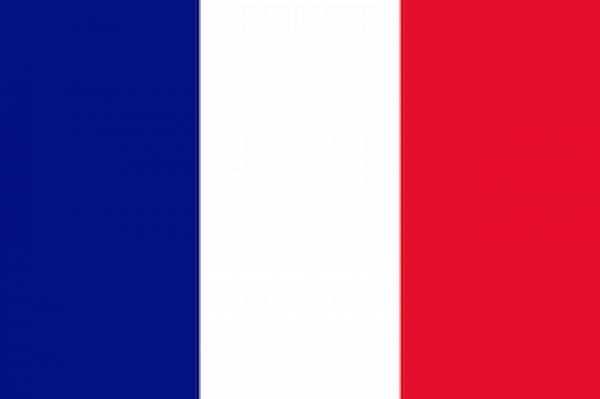
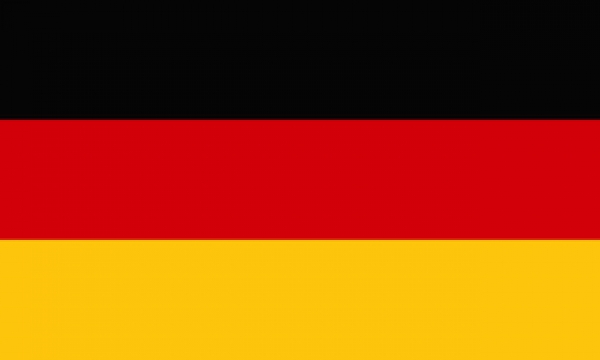
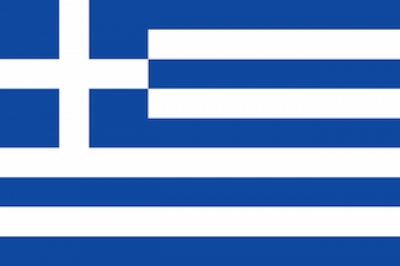
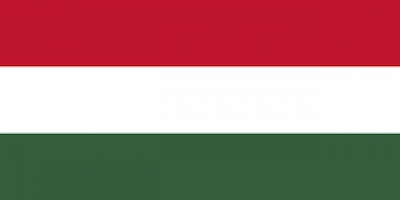
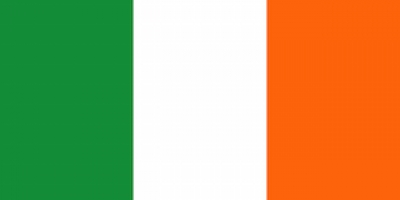
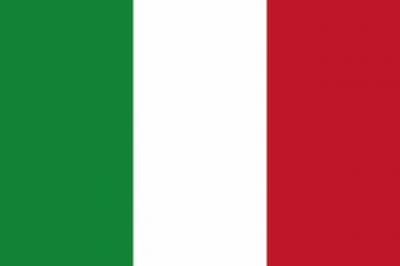
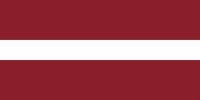
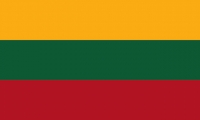
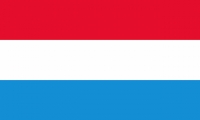
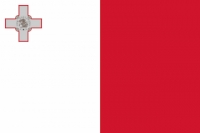




 MangoGem
MangoGem